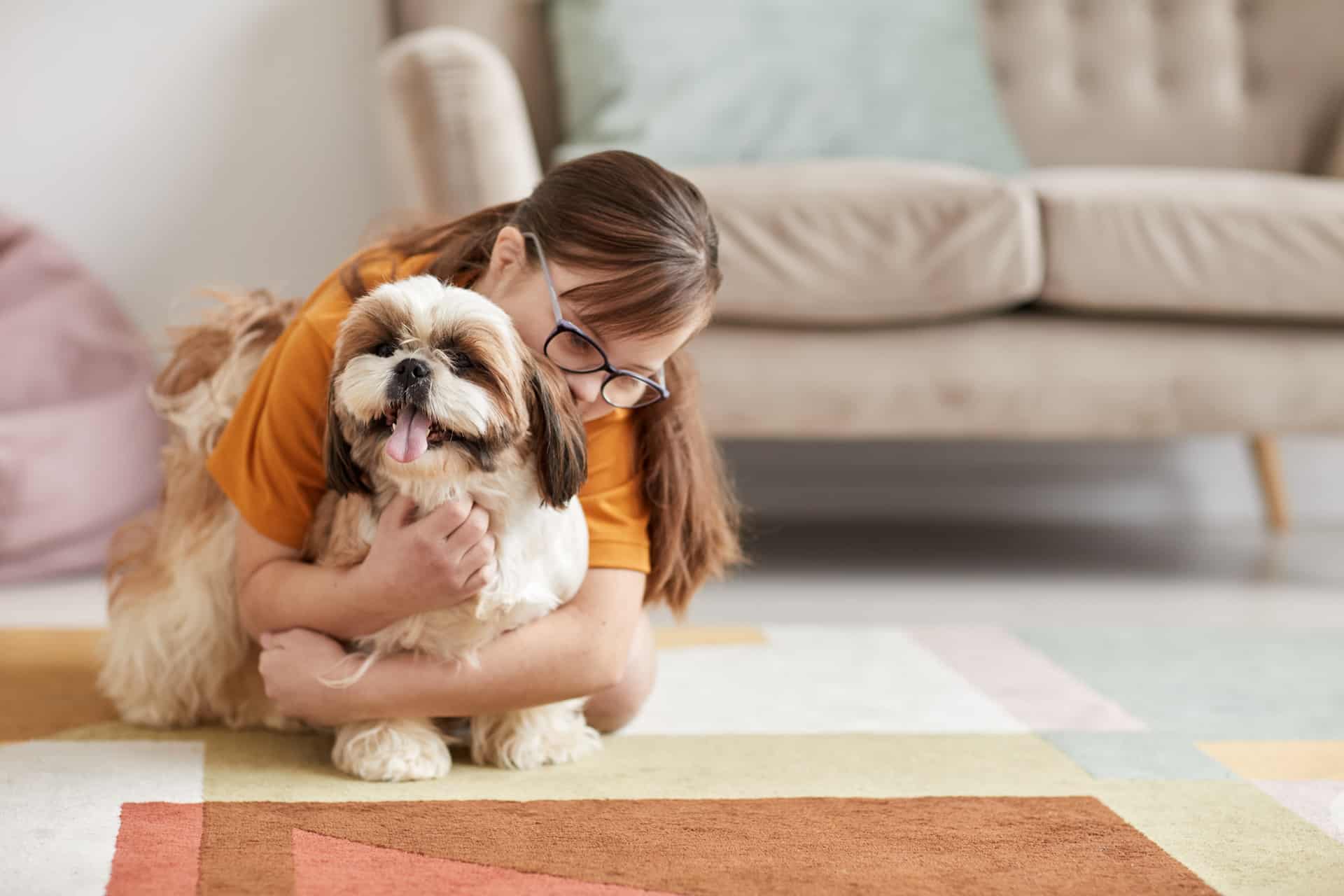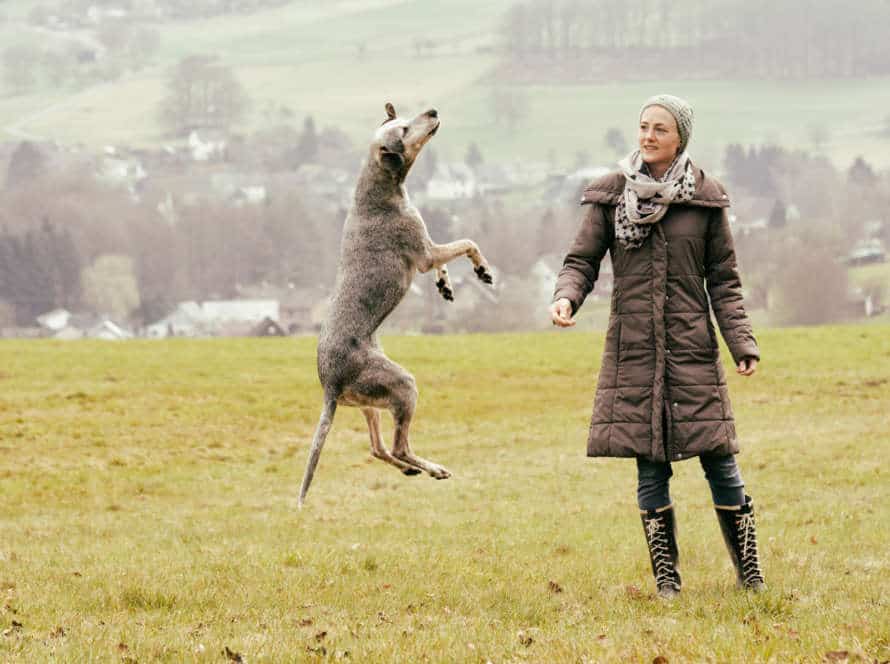Creating a Calm Environment to Minimize Aggression
Creating a tranquil environment is essential to prevent and reduce aggression in any situation – be it home, school or work. Here are some advice for creating a calming environment:
- Declutter: A chaotic space can raise stress levels, so it is important to keep the surrounding neat and organized.
- Control Noise: Unexpected loud noises may provoke aggressiveness, so try to reduce unexpected noises with sound-absorbing materials, noise-cancelling headphones, or white noise machines.
- Provide Personal Space: People can become irritable when their personal space is invaded. Offer ample personal space to help lower tension and unease.
- Add Natural Elements: Placing natural elements, such as plants, in the atmosphere can help make a more tranquil atmosphere that encourages relaxation.
- Utilize Calming Colors: Soft blues or greens and light pastel colors are known to help minimize aggression and have a peaceful effect on people.
By utilizing these suggestions, you can establish a pleasant, peaceful atmosphere that encourages good behavior and helps to decrease aggressive behavior.
Understanding the Factors Causing Aggression
Aggression needs to be discussed. It is crucial to understand what makes it happen, so that we can reduce it. There are many different reasons why aggression occurs – from environmental causes to cultural aspects. Let’s explore these causes further.
Physical Needs
Aggression in individuals can be due to various physical factors. Understanding these needs is essential to create a tranquil atmosphere and decrease aggression.
Here are some physical needs to consider:
- Sleep – Lack of sleep can cause aggression and irritability. Set a consistent sleep schedule and ensure a quiet and comfortable sleeping environment.
- Hunger – Hunger can cause aggression, mood swings, and irritability. Make sure individuals get regular, nutritious meals throughout the day.
- Pain – Unrecognized or untreated pain can lead to irritability and aggression. Monitor for signs of discomfort and give prompt medical attention when necessary.
- Sensory Overload – People with sensory processing problems may experience sensory overload leading to irritability and aggression. Create a predictable environment, reduce sensory triggers, and provide sensory aids such as noise-canceling headphones or weighted blankets.
- Exercise – Exercise can help reduce stress and aggression. Encourage individuals to do physical activities suited to their abilities.
By addressing the physical needs of individuals, you can create a peaceful and supportive atmosphere which reduces aggression.
Emotional State
Emotional State is a huge influence on aggressive behaviors in people. Understanding the reasons behind aggression is key to creating a tranquil atmosphere to reduce aggressive reactions.
These are some of the factors that could lead to aggression:
- Physical triggers, like tiredness, hunger, illness, or pain.
- Cognitive elements like frustration, fear, worry, or a sensed danger.
- Environmental aspects such as a loud or crowded place, places unfamiliar to you, or lack of privacy.
- Emotional things like anger, sadness, irritability, or feeling unvalued and unheard.
By discovering and addressing these triggers, it is possible to reduce aggression and create a calm environment. Strategies like relaxation techniques, open communication, and regular pauses can also help manage aggressive behaviors.
Pro Tip: A composed and supportive situation can make a real difference when dealing with aggressive behaviors.
Environmental Triggers
Environmental triggers can lead to aggression. Factors vary per person. Knowing these triggers helps us keep calm and peaceful surroundings.
Noise, overstimulation, bright lights, smells and hot/cold temperatures can be triggers. Also, past events and mental health can cause aggressive behavior.
To create calmness, we must identify triggers and limit their effect. This includes and avoiding overstimulation.
The right environment helps people manage emotions and have a peaceful life.
Adopting a Calming Strategy
Adopting a calming technique for taking care of aggression can be extremely useful for anyone who works with kids or teens. Facing aggression? Create a peaceful environment.
This will allow the person to feel secure and express their needs. It can help reduce aggressive behavior and create better communication. In this article, we’ll explore how a calming strategy assists in managing aggression.
Calming Strategies at Home
Having strategies to calm down at home can make a big difference in decreasing stress and creating a relaxing atmosphere. Here are some approaches you can take to create a peaceful environment and reduce aggression at home:
- Setting up a comfortable and quiet area: Set aside an area in your home for peace and calm activities. Decorate it with gentle lighting, comfy furniture and calming elements that inspire relaxation.
- Doing deep breathing: Deep breathing can lower pressure and stress levels. Ask everyone in your house to practice deep breathing regularly. You can include yoga or meditation too.
- Making routines simple: Don’t over-schedule or pledge yourself and your family too much. Simplifying your routines can help lower stress and give you more free time.
- Communicating openly: Encourage clear, honest communication in your house. This can stop misunderstandings and limit fights in the home.
- Playing soft music: Soft, calming music can reduce stress and promote peace. Play calming music in the background when doing quiet activities or at bedtime.
By applying these calming techniques, you can build a tranquil and stress-free home.
Tip: Try to incorporate at least one of these calming techniques into your daily routine.
Creating a Safe Sanctuary
Creating a peaceful atmosphere is essential for reducing aggression and aggression-related harm. Here are some strategies to create a tranquil sanctuary:
- Lowering sound: Dogs barking, loud music, even household appliances can make some people anxious, leading to anger and aggression. Shut windows and doors, play soft music or white noise, and lower the volume on electronics to make a calm environment.
- Adding natural elements: Indoor plants, natural light, and water features can make people more relaxed and decrease their anxiety.
- Designating a tranquil area: Make an area that’s quiet, calming and comfy, so people have somewhere to go when they’re feeling overwhelmed.
By doing these things, you can create a safe space that reduces aggression and encourages relaxation.
Pro Tip: It’s important to find out what triggers aggression and have strategies to avoid or manage them, to avoid any potential danger.
Identifying and Avoiding Triggers
Identifying and avoiding triggers is key for calming yourself and creating a peaceful environment. Here are some possible triggers:
- Loud or sudden noises
- Bright lights
- Too much stimulation
- Things that make you anxious
- Fearful situations
- Physical discomfort or pain
- Hunger, thirst or tiredness
Once you identify triggers, you can take steps to avoid or lessen them. For instance, make a quiet spot with soft lighting and calming music. Also, follow a routine so you don’t get too hungry, thirsty or tired, which could increase aggression.
Using Calming Aids and Tools
Calm down aids and tools can be utilized to make a calming atmosphere and diminish aggression in a person or pet. Here are some helpful tips to begin:
- Use white noise machines or peaceful music to reduce noise pollution and build a tranquil environment.
- Lessen mess and create an orderly and clean space. Studies demonstrate that a tidy and organized space can decrease stress and anxiety in people and pets.
- Use essential oils, like lavender or chamomile, to make a natural calming impact.
- Attempt using pressure vests or blankets for pets to help ease tension and advance relaxation.
- Employ fidget toys to help reduce stress and anxiety in people. These could be stress balls, playdough or any toy that assists with keeping the hands occupied.
It is important to keep testing and find what works best for you or your pet. Recall, consistent implementation of calming strategies can bring about long term effect on mental health.
Calming Strategies Outside the Home
In order to adopt calming strategies, it is important to make home and outdoors tranquil. Here are some helpful tactics to relax outside home:
- Breathing deeply and concentrating on the breaths can help decrease pressure and produce serenity.
- Being around nature and fresh air can ease your body and mind. Going for a stroll in a park or any natural environment can reduce stress and boost your spirits.
- Doing yoga can help you relax and centre yourself. Simple poses like downward dog, tree pose or savasana can calm your brain and body.
- Meditation is a successful way to reduce stress and bring peacefulness. Find a quiet spot outside, close your eyes and concentrate on your breath, or use a meditation app, to begin.
By using these calming strategies outside your home, any outdoor area can be changed into a tranquil paradise that can reduce aggression and encourage relaxation.
Going to Public Places During Quiet Times
Going to public areas when it’s quiet can be great for folks who have trouble with anger or other intense feelings. To make a tranquil atmosphere, it’s important to take calming tactics that help lower stress and worry. Here’s what to think about:
- Plan in advance and find out when the spot is least crowded.
- Bring items that make you feel relaxed, like a beloved book or music playlist.
- Do deep breathing or meditation before and during your outing.
- Maybe wear noise-canceling headphones or earplugs to reduce sensory input.
- Bring someone with you for additional comfort and safety, if you can.
- Take breaks if you start to feel anxious or overwhelmed. Find a peaceful spot and focus on your breathing until you’re calm enough to go on.
By using these calming strategies, people can better manage their emotions and have fun in public spots during quiet times.
Minimizing Interactions With Other Animals
For a peaceful atmosphere for your pet, minimize contact with other animals to avoid aggression.
Remember:
- If you’re worried about aggression, don’t let your animal mingle with other pets. This could stop territorial disputes and aggressive behaviour.
- Stop your pet from encountering loud noises, strange smells, or anything else which might be stressful.
- Give your pet a private and comfy area if they’re anxious or stressed out.
These steps can help your pet stay calm and relaxed, so there’s no aggressive behaviour or uncomfortable interactions.
Pro Tip: Put your pet’s wellbeing first.
Considering the Use of a Calming Vest or Medication
Creating a relaxed environment may not be enough to reduce aggression in pets. So, other options may be needed.
Calming vests, also called anxiety vests or pressure vests, work by giving pressure to the pet’s torso, like a hug. This pressure can help the pet’s nervous system and give a sense of security in stressful situations.
Medication can also be used to manage anxiety and aggression. Anti-anxiety drugs and other prescription drugs can help reduce anxiety symptoms and make the pet more relaxed.
Check with your vet before using a calming vest or medication. Your vet can help you understand the risks and benefits of these and other calming strategies.
Frequently Asked Questions
Q: Why is it important to create a calm environment to minimize aggression?
A: A calm environment can help reduce stress and tension, which are major triggers for aggressive behavior. By creating a peaceful and serene atmosphere, individuals are more likely to feel relaxed and less likely to engage in aggressive acts.
Q: What are some strategies for creating a calm environment?
A: Strategies for creating a calm environment include using soft lighting, playing calming music, incorporating natural elements like plants, ensuring comfortable room temperature, and reducing clutter and noise.
Q: Is it possible to create a calm environment in a high-stress setting like a workplace?
A: Yes, it is possible to create a calm environment in a high-stress setting like a workplace. Strategies include offering stress-reducing activities such as meditation and yoga, providing comfortable break areas, adjusting lighting and noise levels, and fostering positive communication among employees.
Q: How can a calm environment benefit those with mental health issues?
A: A calm environment can benefit those with mental health issues by reducing stress and anxiety, providing a peaceful and safe space, and promoting relaxation and positive thinking. This can help individuals with mental health issues feel more in control of their emotions and behaviors.
Q: Can a calm environment help prevent aggressive behavior in children?
A: Yes. A calm environment can help prevent aggressive behavior in children by reducing stress and tension, providing a safe and nurturing space, modeling calm and peaceful behavior, and helping children learn coping skills for dealing with anger and frustration.
Q: What role does communication play in creating a calm environment?
A: Communication plays a vital role in creating a calm environment. It is essential to foster positive communication that promotes understanding and respect among individuals. Clear and respectful communication can help prevent misunderstandings and conflicts that can lead to aggressive behavior.







